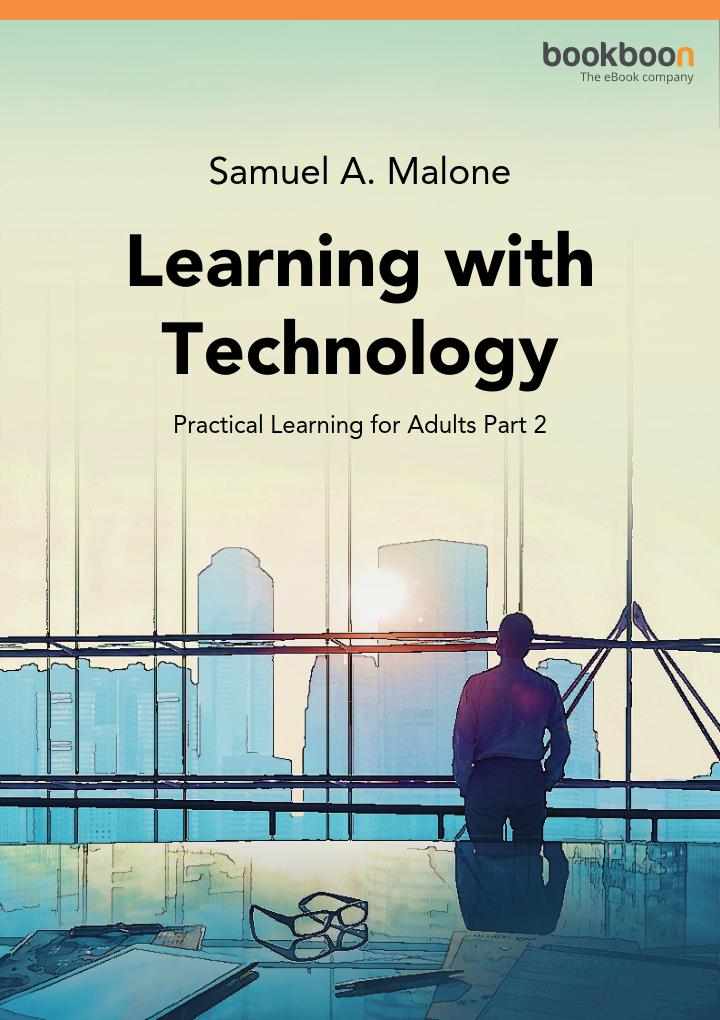Going Digital: Old School vs. New Learning

Access to information is now more widespread than ever before and many organisations are jumping on the digital transformation trend. Most of us have access to a desktop at work and likely a laptop at home as well as a handy mobile device in our pocket or purse. In its 2015 mobility report, telecommunications company, Ericsson, predicted that 70% of the world’s population will be using smartphones by 2020.
Although more accessibility to devices on which to consume training, such as mobile phones and eReaders, opens huge opportunities for flexible employee training, when it comes to the use of technology for learning and development, many organisations are behind the curve. According to market researcher Fosway’s 2018 report, only 5% of L&D organisations have completed a digital transformation of learning,
Playing Catch-Up and Challenging old Beliefs
With all the forward motion in other industries, the pushback to go digital in L&D is out of place. According to Change Management Solutions company, Prosci’s, change management best practices research, conducted over the last two decades, one of the reasons for the lack of drive to move forward has to do with change management or the old assumption that face-to-face training is the only way to learn. This is something we need to move past and focus on the benefits of employees having 24-hour access to learning that is tailored to them.
Old School vs. New Learning
ELearning Industry’s article Traditional vs Online Learning mentions that the traditional approach to learning such as classrooms, workshops, meetings and seminars has been proven to work for some, for example, children and young adolescents who are yet to join the workforce. But for professionals looking to update existing skills or learn new ones, the benefits of the ease with which information can be consumed through eLearning are infinite.
The Benefits of eLearning
Cost savings and convenience are the strongest drivers for the push for a corporate uptake of eLearning.
Convenience:
Implementing eLearning allows L&D professionals to provide their employees access to learning tools in subjects they are looking for and can benefit from whenever they need it, rather than when the class next runs.
Cost Saving:
Switching to eLearning has proved to be an efficient and cost-effective method of learning online. McDonald’s was able to save 5 million pounds over the course of two years with their Business Controls eLearning, as well as gaining a 10% sales growth thanks to the training.
As an alternative to face-to-face courses, eLearning can be largely more cost-effective. Travel costs, venue rentals and supplying food and drink during training sessions are all examples of costs saved by going digital. In a busy world where time is so scarce, working professionals can use saved travel time productively as study and revision hours.







